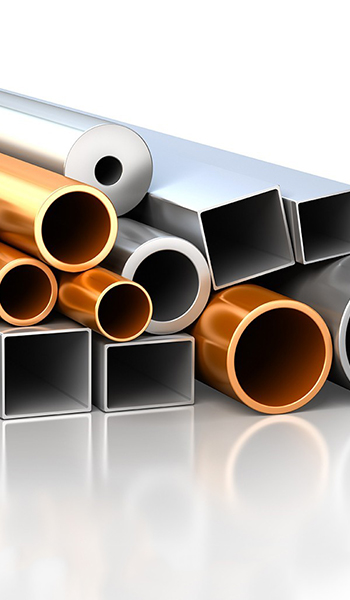Quality Control and Inspection
Dimensional Inspection:
Vision systems can measure the dimensions of metal parts with high accuracy, ensuring they meet the required specifications. This is especially important for critical components used in automotive, aerospace, and industrial machinery, where precision is key.
Surface Defect Detection:
Vision systems can detect surface imperfections such as scratches, cracks, dents, or rust on metal parts. This is vital for ensuring the parts are free from defects before they are sent to the next stage of production or to customers.
Weld Inspection:
Vision systems equipped with specialized algorithms can inspect welded joints for defects, ensuring that the welds are solid and free of cracks or gaps, which is especially important in industries like automotive and aerospace.
Automated Sorting and Grading
Sorting Parts:
Machine vision systems can automatically sort metal parts based on size, shape, or quality. For example, after parts are machined or cast, the system can identify and sort them into categories for further processing, packaging, or shipping.
Material Type Identification:
Vision systems can be used to detect the material composition of parts (e.g., steel, aluminum) or identify alloy grades through visual characteristics, ensuring correct processing and handling.
Assembly Line Automation
Automated Assembly Verification:
Vision systems can be used to verify that metal parts are correctly assembled. For instance, in the assembly of mechanical components, the system can check if screws, nuts, or bolts are present, aligned, and tightened properly.
Positioning and Alignment:
Vision systems can guide robotic arms or automated machines in aligning metal parts accurately for assembly or machining, ensuring the correct orientation of parts and reducing the likelihood of errors.
Process Monitoring and Feedback
Real-Time Process Control:
Machine vision systems can provide real-time feedback on the status of the production process, enabling manufacturers to monitor the quality of each part being produced. If defects or deviations are detected, the system can alert operators or trigger automated corrections to avoid further issues.
Barcode and Part Identification
Part Tracking and Traceability:
Vision systems equipped with barcode or QR code reading capabilities ensure that each part is tracked throughout the production process, allowing for full traceability. This is crucial in industries like aerospace, automotive, and defense, where part quality and history need to be documented for safety and compliance reasons.
Labeling and Marking:
Vision systems can verify that metal parts are correctly labeled, marked with serial numbers, or engraved with essential information such as batch numbers or manufacturing dates.
Coating and Surface Treatment Inspection
Coating Thickness Inspection:
n metal parts manufacturing, coating thickness is critical for ensuring corrosion resistance, wear resistance, and proper functionality. Vision systems can verify the uniformity and accuracy of coatings (such as paint or galvanizing) applied to parts.
Surface Texture Measurement:
Vision systems can also analyze the surface texture or roughness of metal parts after processes such as polishing, grinding, or coating. This is essential in ensuring that parts meet the required surface finish specifications.
Part Counting and Packaging
Counting Parts:
Machine vision systems can automatically count metal parts as they move through the production line, ensuring that packaging is correct and that inventory levels are accurately tracked.
Packaging Verification:
Vision systems can also ensure that parts are correctly packaged and identified before shipping, reducing the chances of mispackaged or incorrect deliveries.
Robotic Guidance and Automation
Vision-Guided Robotics:
Vision systems are often used to guide robotic arms during processes such as pick-and-place, assembly, and machining. For example, robots can be guided to precisely place or manipulate metal parts based on visual feedback, ensuring the right positioning for each task.
Benefits for Metal Parts:

